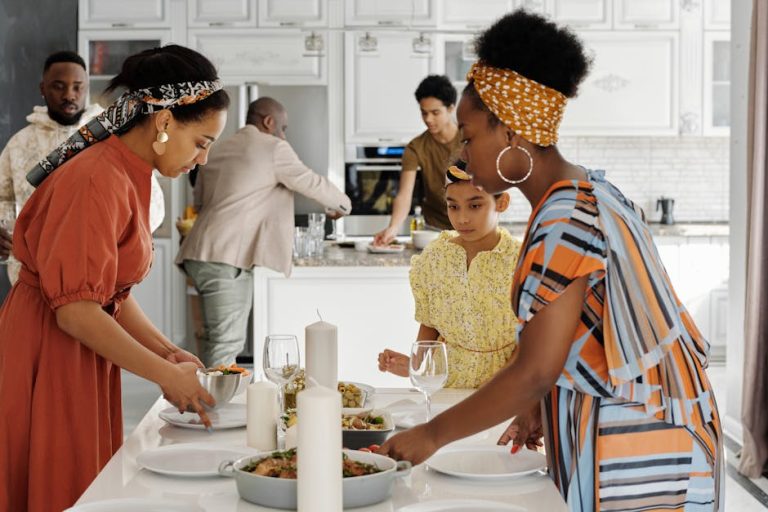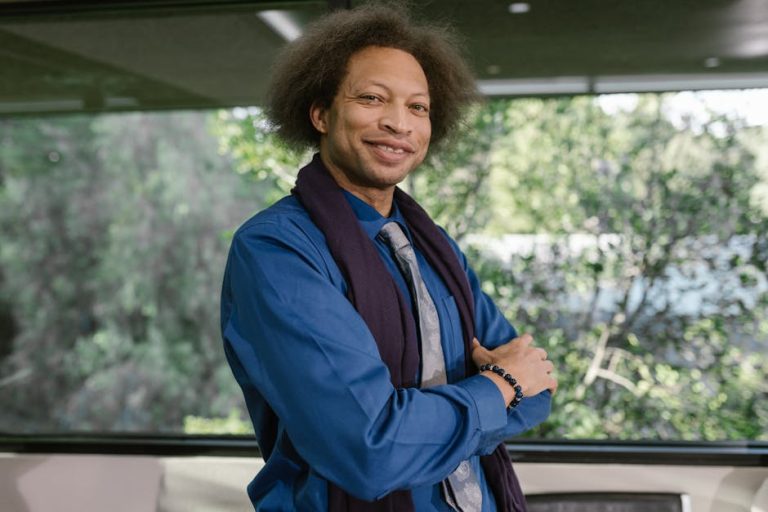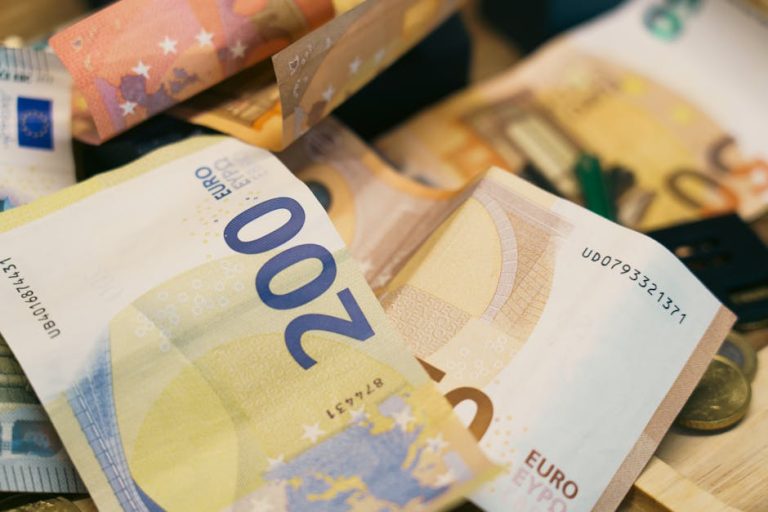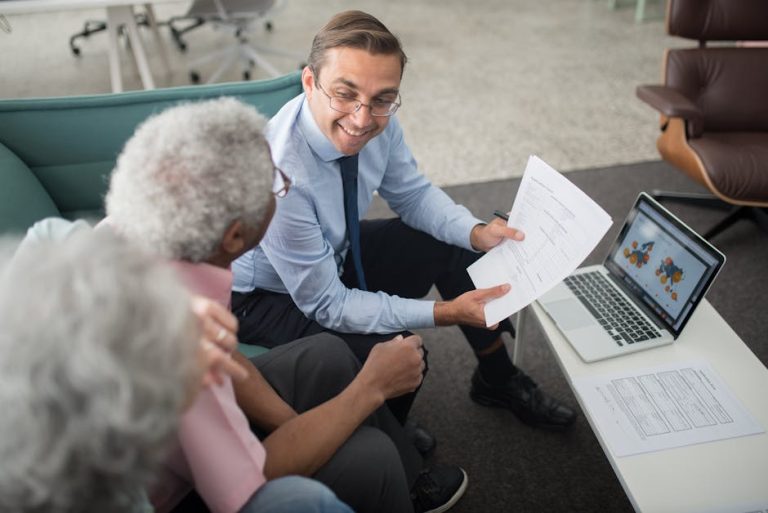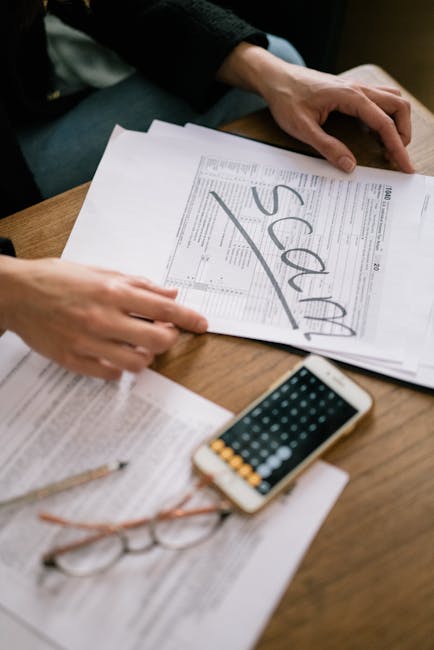
Mastering the Art of the Post-Interview Follow-Up: A Comprehensive Guide to Leaving a Lasting Impression
The job interview is over. You’ve shaken hands, answered the tough questions, and presented your best professional self. As you walk out of the office or close the video call, a mix of relief and anxiety sets in. The hard part is done, right? Not quite. In the competitive landscape of modern job hunting, what you do after the interview can be just as crucial as your performance during it. The follow-up is not merely a polite gesture; it is a strategic tool that reinforces your interest, showcases your professionalism, and keeps you top-of-mind with the hiring team. This phase of the process is your final opportunity to influence the decision-makers and solidify your candidacy.
Crafting an effective follow-up strategy requires thought, timing, and a touch of finesse. Here is an in-depth guide to navigating this critical stage, ensuring you make a memorable and positive impact.
1. The Immediate First Step: The Thank-You Note
The cornerstone of any post-interview protocol is the thank-you note. This is non-negotiable. It should be sent within 24 hours of your interview. Any later, and the vividness of your conversation begins to fade for the interviewer.
- Medium Matters: Email is the standard and expected medium. It’s immediate, professional, and easily accessible. While a handwritten note can be a charming, old-school touch for very formal industries, its slow delivery means it should be sent in addition to, not instead of, an email.
- Personalization is Key: Avoid generic templates. Each note should be tailored to the specific conversation you had with each interviewer. If you interviewed with multiple people, send a unique email to each one. This demonstrates attentiveness and respect for their individual time.
-
Structure and Content:
- Subject Line: Clear and direct (e.g., “Thank You – [Job Title] Interview on [Date]”).
- Greeting: Use a formal salutation (e.g., “Dear Ms. Rivera,”).
- Expression of Gratitude: Start by thanking them for their time and the opportunity to learn more about the role and the company.
- Specific Reference: This is the most important part. Mention a particular topic you discussed that excited you. For example: “I especially enjoyed our conversation about the company’s plans to expand into the Asian market, and my experience in regional logistics could be a great asset to that initiative.” This shows you were engaged and connects your skills directly to the company’s needs.
- Reiterate Enthusiasm and Value: Briefly reaffirm your interest in the position and why you believe you are a strong fit. Add one succinct point that reinforces your value proposition.
- Closing: End politely with a closing like “Sincerely,” or “Best regards,” followed by your full name and contact information.
2. The Art of Strategic Timing
After sending your thank-you notes, the waiting game begins. It’s essential to balance eager enthusiasm with respectful patience.
- The Waiting Period: If the interviewer provided a timeline for next steps (e.g., “We hope to make a decision by the end of next week”), respect it. Do not follow up again until after that date has passed.
-
The Gentle Nudge: If no timeline was given, or if the specified date has passed without word, it is appropriate to send a brief, polite follow-up email. Wait at least 5-7 business days after your thank-you note.
- This email should be concise. Reiterate your continued interest in the position and ask if there is an update on the timeline or if they require any additional information from you.
- Frame it as an offer to help rather than a demand for information. For example: “I am very enthusiastic about the possibility of joining your team and am happy to provide any further details that might be helpful to your decision.”
3. Leveraging Professional Networks
Your follow-up strategy shouldn’t be confined to your inbox.
- LinkedIn Connection: Sending a connection request to your interviewers on LinkedIn after the interview process is complete is generally acceptable. If you do, always include a personalized note. Do not use the default message. You could write: “Dear [Name], I truly enjoyed our conversation about the [Job Title] role last week. I’d be honored to connect with you here.” This keeps you in their professional network regardless of the outcome.
- Engaging with the Company: Follow the company’s official social media accounts (especially LinkedIn and Twitter). Liking, sharing, or thoughtfully commenting on their content demonstrates genuine, ongoing interest. However, avoid excessive or superficial engagement that could appear insincere.
4. Preparing for All Outcomes
A truly professional candidate is prepared for any response.
- If You Get the Job: Congratulations! Your follow-up isn’t over. Respond to the job offer enthusiastically and promptly. Once you accept, send a formal acceptance email and express your excitement to begin. Also, send a gracious thank-you note to anyone who helped you in the process, including recruiters or administrative staff.
- If You Are Rejected: This is a critical moment to demonstrate grace and professionalism. Always respond to a rejection. Thank the interviewer for their time and consideration. You can briefly state that you are disappointed but remain impressed with the company and would appreciate being considered for future opportunities. This leaves the door open and leaves a final, positive impression. You never know when another role might open up or if the first-choice candidate doesn’t work out.
5. What to Avoid: Common Follow-Up Pitfalls
Even with the best intentions, certain behaviors can harm your chances.
- Over-Communication: Bombarding the hiring manager with emails or phone calls comes across as desperate and annoying. Stick to the planned follow-ups.
- Being Pushy or Entitled: Demanding updates or questioning the delay in the process shows a lack of professionalism and respect for the company’s internal workflow.
- Generic Messages: A copy-pasted, bland thank-you note is worse than no note at all. It signals that you couldn’t be bothered to personalize your communication.
- Bringing Up Salary/Benefits Too Soon: The thank-you note is about reinforcing fit and value, not negotiating. Save those discussions for when an offer is extended.
In conclusion, the post-interview follow-up is a multifaceted process that, when executed with care and strategy, significantly elevates your candidacy. It transforms you from a mere applicant into a thoughtful, persistent, and professional potential colleague. By sending personalized thanks, timing your communications wisely, leveraging your network, and handling all outcomes with poise, you ensure that the final memory you leave is as strong as the first impression you made. In the narrow margin between equally qualified candidates, a masterful follow-up can be the deciding factor that lands you your dream job.

